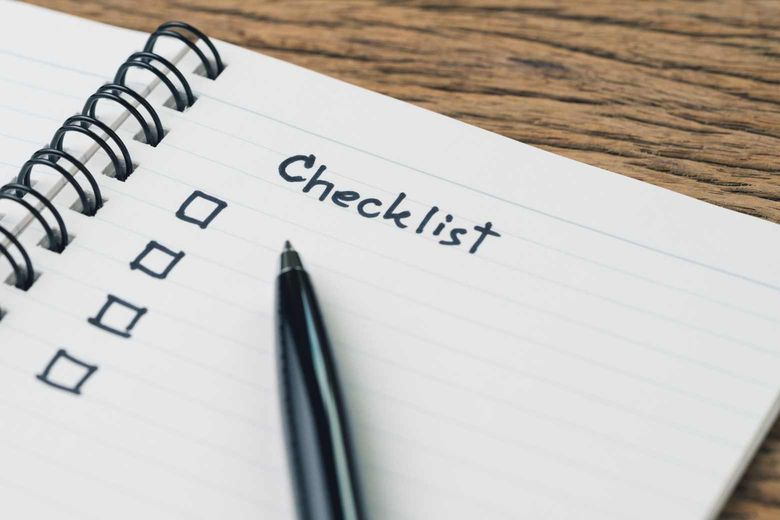
Lalita D'Cruze27/04/22
6 min read

The decision has been made: your charity is getting a new website. Now you need someone to build it.
While you begin researching potential developers and agencies, you will also need to create a charity website design brief. Writing any kind of brief requires time, effort and skill, and one for a new website needs to be as thorough as possible to suit all parties.
It’s a critical component at the start of the project. You need to get across, and be clear on, all that you require from a new site; potential developers need as much information as possible to work out if they might be right for you.
Below is a comprehensive list of sections to include in the brief, supporting information you should provide, and what development agencies are looking for.
Once you've had a read, download our website brief template and get started.


This is going to be the most important part of the brief. Here, you need to map out exactly what you want from the new site, and the challenge is to be detailed and concise at the same time. Map out as much as you can, but don’t waffle; if the brief recipients are needing to read sentences or sections multiple times then you haven’t been clear enough.
For example, if you want a members’ area, list it as a requirement and state why e.g. We need a secure way for beneficiaries to provide sensitive information.
Begin with stating why you’re in the market for a new website; what are you looking to achieve with it? Has your charity’s mission and values moved on from when the site was last developed? Do you want to drive more traffic? Increase online donations? Encourage more volunteers? Attract ambassadors?
It’s fine to have multiple objectives for the website - just make sure that you capture and be clear on everything you want.
Next, detail the key features you’d like, such as case studies, a blog, an events section, a members’ area, a donation journey, an online shop, a job vacancies page. Once you select a developer to build the site, they will explore these in more depth but if you give them a full list now then you should receive stronger proposals on how each pitching agency will handle them.
Thirdly, attempt to cover off technology requirements. If you have an internal IT team or resource then they can help you here but if not, get everything you need down and make sure that your chosen agency can support you if you don’t have all the details right now.
Some main areas you should cover include:

Expect, and encourage, your agency to challenge your initial thoughts - at the brief stage and, particularly, within what is often referred to as a discovery phase. This is where the agency and you collaborate on the finer details of the website and generate a thorough specification to come up with solutions which best suit your needs and budget.
Agencies live and breathe this type of work every day, will have delivered similar projects and will be on top of industry updates. They know what works, what doesn’t and what can work if the time and budget allows.
Indicative costs should be provided by the agency if a good brief is received, but expect to be provided with ballpark figures in a certain range e.g. £25,000 to £35,000.
The reason for this is that a set price simply cannot be provided until the agency knows all the details needed, and those will be generated following the discovery phase.
For example, if you want a members’ area then the agency should ask what this entails, what functionality is required, how you want it to look, any integrations with other systems which are required, and more. You may be able to provide some or most of such details in your brief, but there will always be further questions which need your input and final answers.

Your budget will play a big part here as well. Using the same example, your initial wishes on functionality might be complex to build; not impossible, but the sheer amount of work and brain power required will push costs up. So within that discovery phase of work, you might choose to scale back some of your requests, agree on a level of functionality and maybe even agree to revisit in a second phase of work in a year’s time.
Think of it like building your new dream house. You might want six bedrooms, a swimming pool and a tennis court - so the builder asks you how big you want your bedrooms, how deep and long you want your pool and what sort of surface you want for your tennis court. He then goes away and prices it up but it’s outside of what you can afford, so you work together to scale back and create something which does fit into your budget.
A new website brief is the beginning of what will hopefully be a great partnership between your charity and a reputable digital agency.
Both parties will want the best result so make sure you put in the effort at this stage; after all, you’ll expect - quite rightly - that the agency you choose puts in the effort as well. True collaboration will deliver a better solution together.